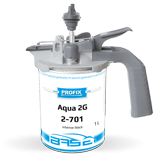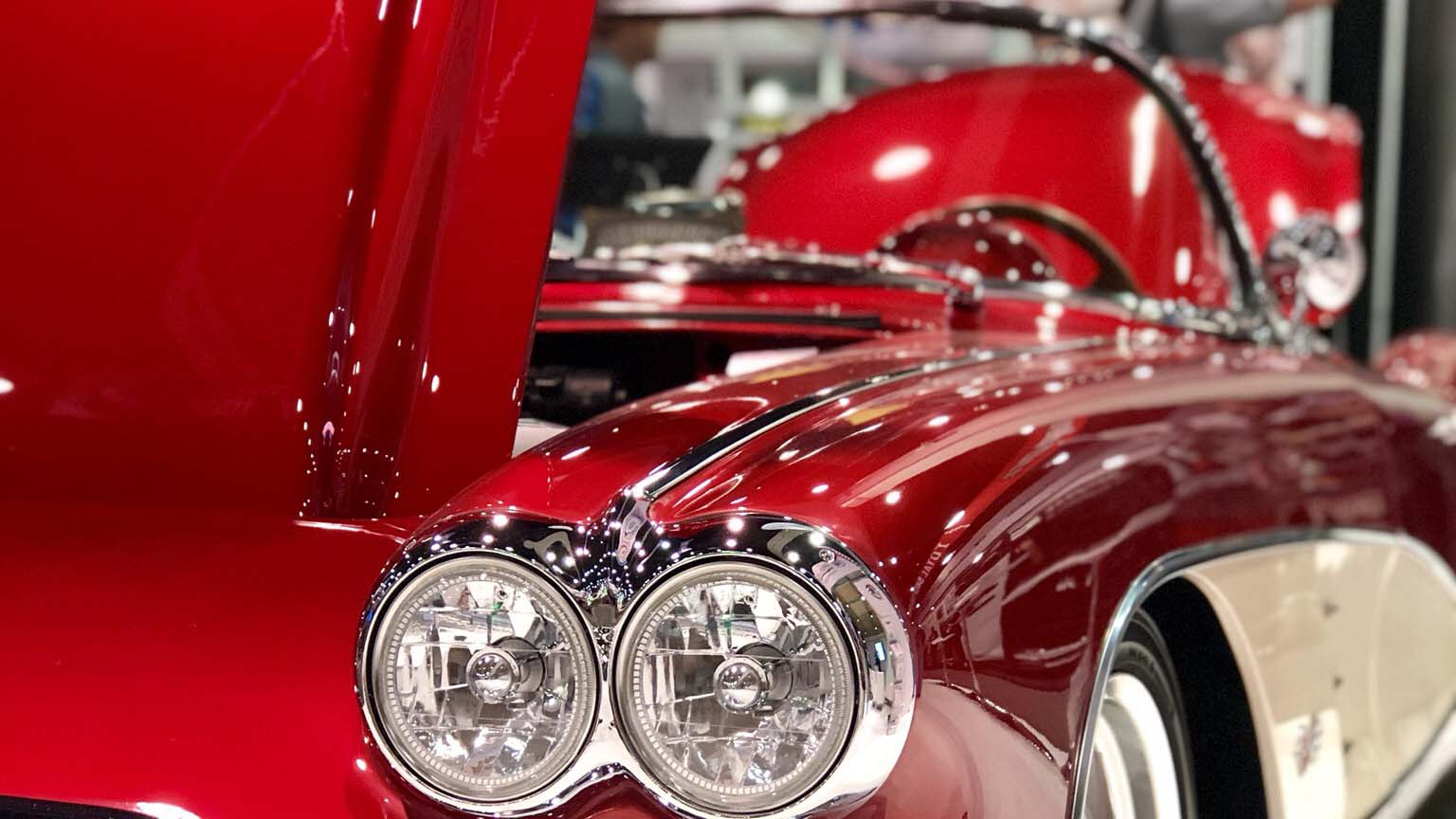Recently added
Most read
Why use the water-soluble lacquers, when the conventional ones are available?
What are modern car paints made from
What are modern car paints made from
The two factors which make a car stand out from other cars – often of the same make – are the shape that attracts attention and the colour of the car body. While the car design is something we have no control over – we either like it or not, the colour is a different matter; we can choose it prior to the purchase or change it at any time and enjoy its unique car version. This is why the manufacturers of car paints, including repair paint ones, keep working on developing their products. The manufacture of original car paint is a combination of pigments and technology used in the process.
Surveys into the most popular car colours cars seem to indicate that base colours prevail. To state this would be an oversimplification, however. The survey findings mention the ‘black’ colour, for example, which ignores the subtlety of shades on the car body.
Attention should be given to the fact that car colours vary from manufacturer to manufacturer. At first glance similar, the Fiat paint is not necessarily the same as the Ferrari paint. This difference lies in the visual effect created by a given selection of pigments. Certain paints may change colour as the angle of view changes; others glitter and shine in the sun, still others glitter have a subtle depth and shine.
Chemical companies are faced with the challenge of developing new pigments that would make a given car’s model stand out from its competition. Innovation in colour may boost a given model’s sales.
Why paints come with such a depth, shine or difference in colour?
It is the pigment that plays the key role. The use of new non-organic and synthetic substances in paint manufacture has been the subject of research for many years.
For years, metallic pigments of various types (depending on the size of aluminium particles) were enough to make car paints look innovative. This solution no longer meets the market requirements of today. Metallic paints are still quite common, yet they fall short of the growing demand for an extraordinary visual effect. It is everybody’s wish to have on-of-a-kind car.
The challenge here is to find a new and capturing way of reflecting the sunlight.
Nature has always been turned to for inspiration and solutions. This case is no different. A volcanic rock called mica has proved to be invaluable. Mika splits easily and resists such factors as temperature, chemical agents or aging. There is no denying the fact that it is an excellent pigment component, which - after grinding and covering with metal oxides - lends the paint a spatially displaced, metallic and silky shine. This fantastic rock is in short supply, which makes the pigment one of the most expensive ones.
Xirallics are known to be one of the most expensive pigments used in the manufacture of visual effect paints. Their prices was very high shortly upon discovery, but car manufacturers saw it as an opportunity; the pigment became more and more widely used, which brought its price to a more reasonable level. Added to resin, xirallic lends a unique sheen and intensity of colour to the paint. It is popular in the manufacture of bright car colours. It’s composed of aluminium oxide coated with metal oxide.
Pigments that change colour as the angle of view changes are an innovation. They consist of silicon oxide flakes covered with various metal oxides. Such a product has been launched by Multichem under the name of „StarDust”. It comes in a variety of colours. Adding a small amount of this product creates extraordinary colours, much deeper and more intensive than popular chameleons.
Mention should be made of pearl pigments, which produce the shine effect. This phenomenon is due to the light refraction and its multiple reflections, which depends on the angle of view and the number of particles.
We must keep in mind that pigment innovations are being introduced to colour ranges offered by many manufacturers, which significantly changes the market of visual effect paints. The pigment alone - without the right additional substrates - will not produce a durable and easily-applicable layer on the car body. Single visual effects can be mixed to obtain even more interesting, vibrant and spatially displaced colours. To ensure that colour depth is brought out and protected, other factors must be taken into consideration – such as choosing the right colourless paint and a base coat with good adhesive properties.
The experience and expertise of paint supplier are key to ensure that the car’s colour pleases the eye of its owner for many years. Paint manufacturers must continuously learn and expand their knowledge to keep up with the market developments.









